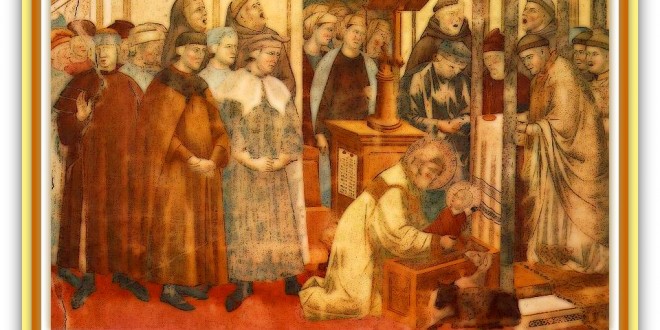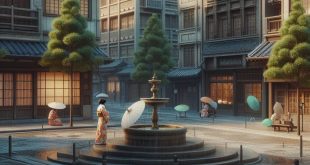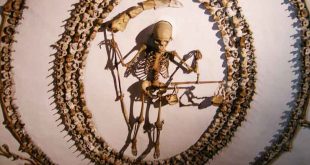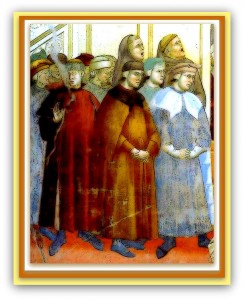 He was known by the name of Ambrose or Angiolo, but we remember – watching with amazement its frescoes – as Giotto, an Italian painter and architect, probably born in 1267. Certa, is instead a second date, due to the reason which I will narrate the story of my trip to Italy, in a city with a highly evocative name, Assisi. Yes, the city of a man named Francis, San Francisco. That painter, in 1290, was twenty-eight years, and that is the time around which my story wraps: the beginning of the frescoes in the Upper Basilica of Assisi.
He was known by the name of Ambrose or Angiolo, but we remember – watching with amazement its frescoes – as Giotto, an Italian painter and architect, probably born in 1267. Certa, is instead a second date, due to the reason which I will narrate the story of my trip to Italy, in a city with a highly evocative name, Assisi. Yes, the city of a man named Francis, San Francisco. That painter, in 1290, was twenty-eight years, and that is the time around which my story wraps: the beginning of the frescoes in the Upper Basilica of Assisi.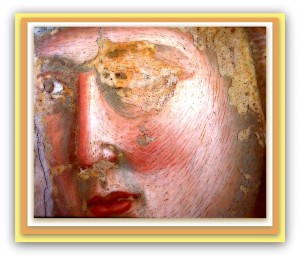
Giotto was born to a peasant family, one that had moved to Florence, where someone had noticed his extraordinary ability to draw – was even able to draw a perfect circle, without compass – and his young talent was given to the shop a famous painter Cimabue. But back to my trip to Assisi, because in the Upper Basilica, a cycle of twenty-eight frescoes, I want you to know the thirteenth, one that brings a particular name, you do not forget: the Nativity of Greccio, almost certainly the result of four years of work, between 1295 and 1299.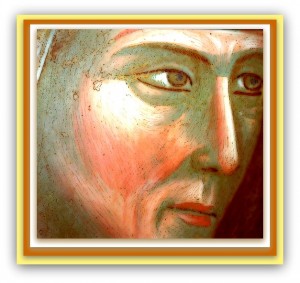
In respect of what you are, your values, and that in which you believe, I limit myself to mentioning to you, that in Christmas of 1223, on the road leading to a tiny village called Greccio, St. Francis had asked that – in memory of Christmas of Christ – you had to prepare a visible representation of the Nativity, with ox and ass. No one, then, could he know that that night would have survived the years and the neglect of men, in the form of a name and a tradition, that of the “Nativity”.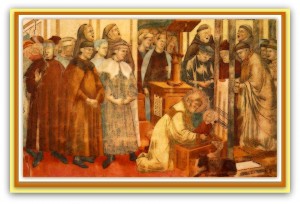
The scene of the thirteenth fresco – one that my parents introduced me to when I was a child – is remarkable for the realism of the details. No painter had ever pushed so contagious realism. Believe me, then, as now, the visual perception and emotional, for me is the same: the environments and the characters seem alive, but all look Francesco and a child. Curiously, no woman is in the foreground. Still, noting that fresco, I smile when I focus on the figures of the friars. Their mouths are open, because they sing. Do not forget, leaving Assisi, who in the thirteenth fresco by Giotto, was born the three-dimensional painting.
 Meeting Benches World art in all forms
Meeting Benches World art in all forms
